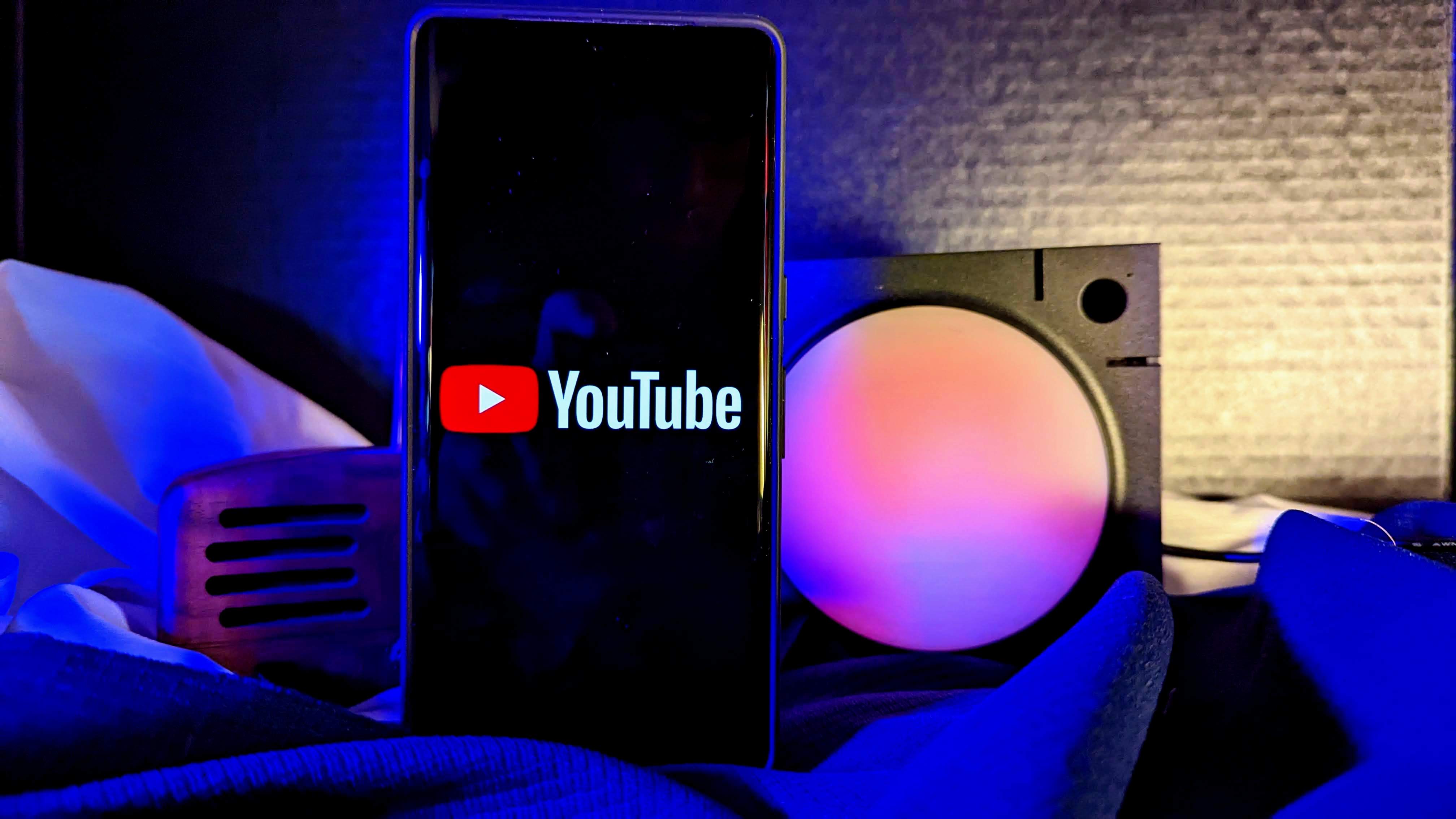Exclusive: Ultra-bright displays are destroying our eyes, but the OnePlus 12 gets it right
The OnePlus 12 is twice as bright as the Galaxy S24, yet it's so much easier on the eyes.
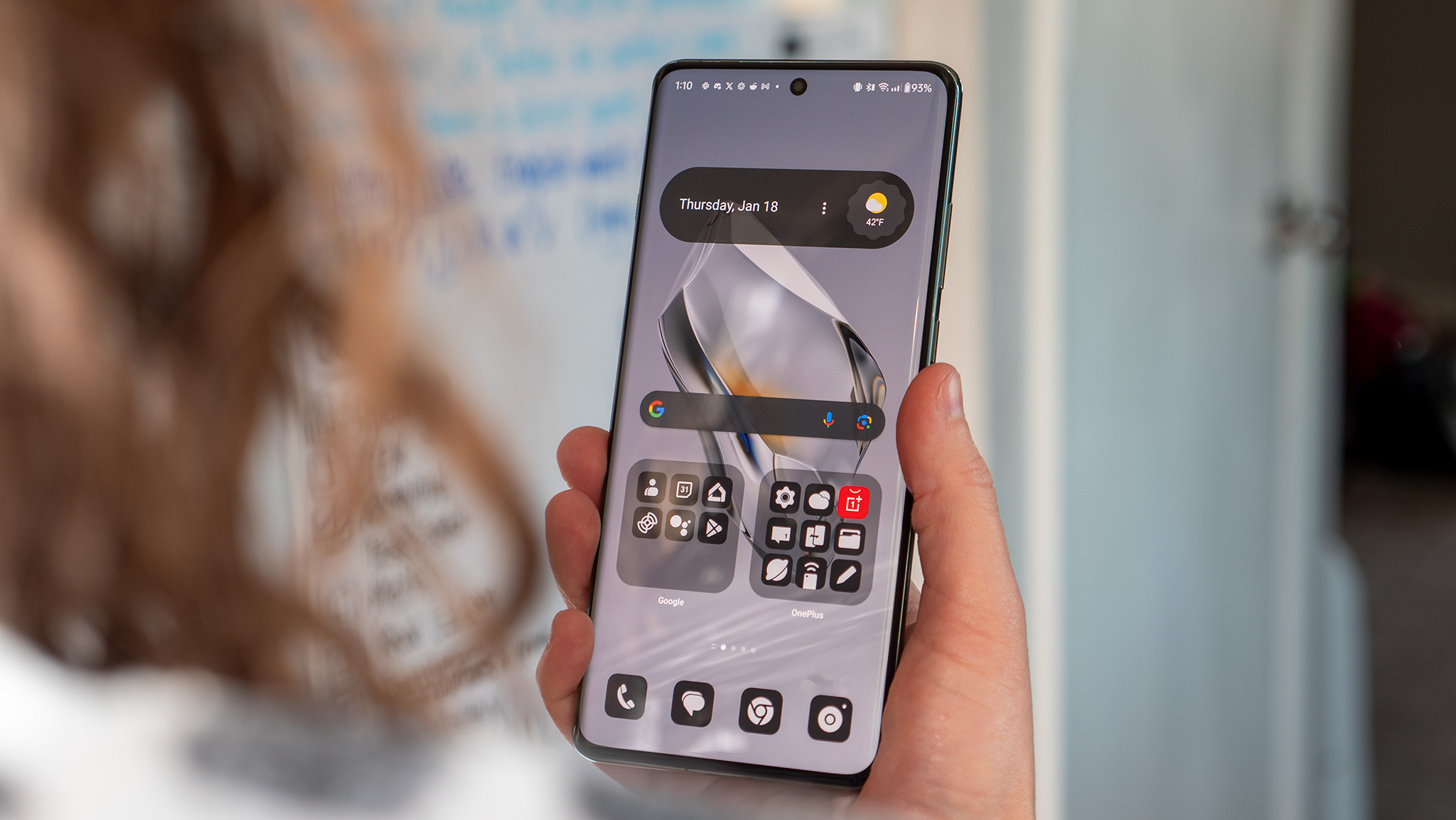
Our bodies were not meant to sit on a couch all day, and our eyes were not made to stare at a screen all day. That doesn't mean we can't ever do those things, but it also doesn't mean that we can pretend they don't negatively affect us. So what happens when the companies making these screens forget to consider our health as the most important factor?
It results in lights and displays that make us feel horrible. The problem is compounded when it's not just the phones we're looking at that flicker all day long but also the stores we frequent and even the Christmas lights on our neighbors' houses. Flickering is becoming an epidemic, but thankfully, companies like OnePlus are paying attention and trying to help reduce its negative effects.
As a result, phones like the OnePlus 12 are far more eye-friendly than many of the best Android phones, particularly in the premium segment, where companies seem compelled to deliver overwhelming brightness levels and unrealistic color reproduction. I spoke with the president and COO of OnePlus, Kinder Liu, about the company's display strategy and how it's working to make phones that do better for its fans.
Managing extreme brightness
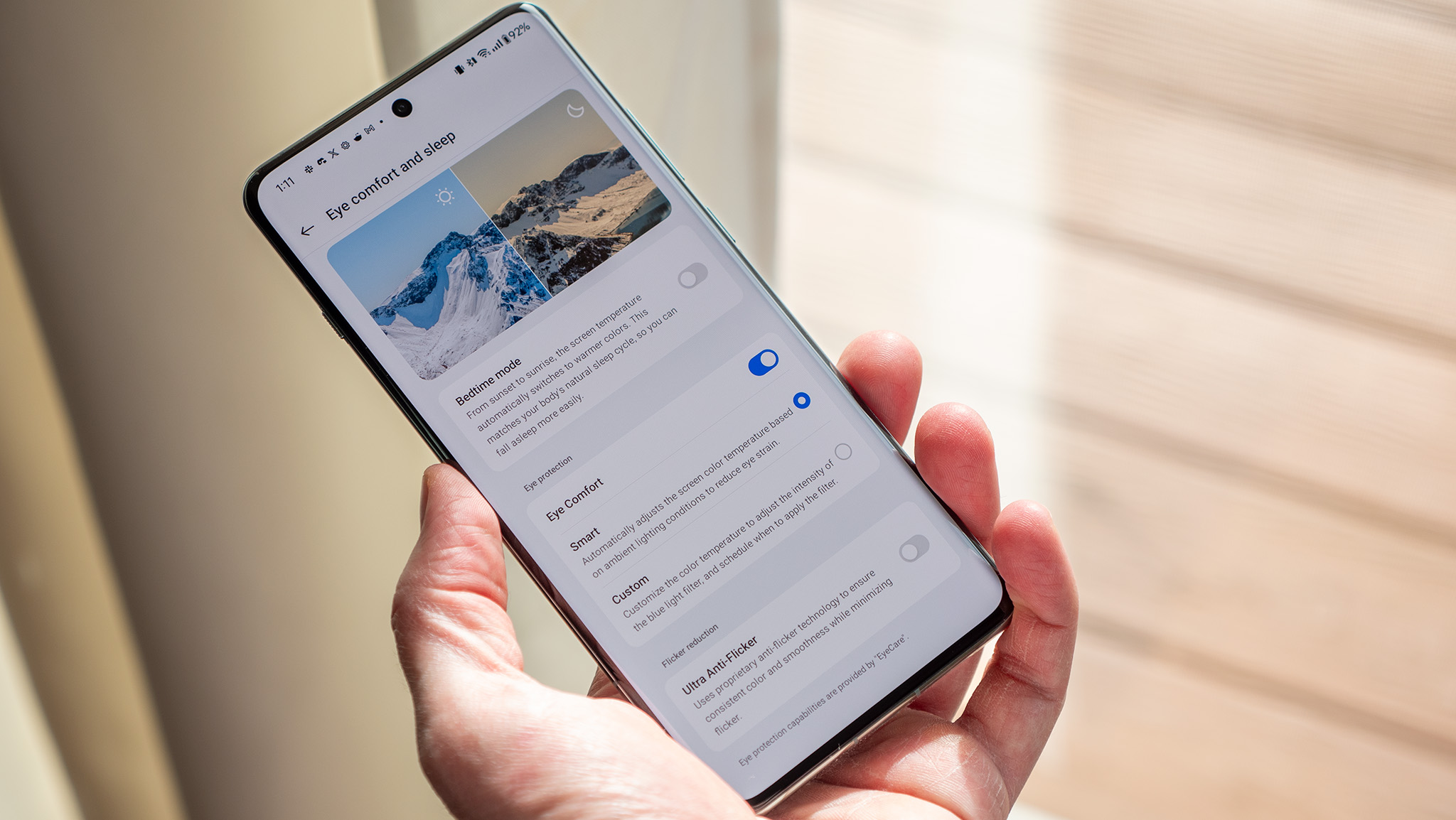
Back in 2018, the LG G7 boasted a display capable of hitting 1,000 nits of brightness — double that of most other premium phones at the time. But that phone was equipped with an LCD display that featured a separate backlight that could be dimmed through traditional means by reducing the voltage.
All modern premium phones use OLED displays these days, and unfortunately for human eyes, voltage adjustments cannot be made to OLEDs without losing color accuracy or clarity. This means manufacturers often use PWM to rapidly turn the display on and off several times per second to fake brightness adjustments.
In other words, most OLED displays are always displaying the maximum brightness at all times. All they do is flicker very quickly to fool your eyeballs into thinking they're seeing something darker. It's a similar effect to how videos look like they're in motion, even though you're only seeing still images quickly swapped out multiple times per second.
OLEDs require PWM at low brightness levels, but there's no reason companies can't offer more traditional dimming options at high brightness levels for flicker-sensitive users.
Worse yet, modern phones have recently entered a brightness spec race despite using this questionable dimming method. Samsung's Galaxy S24 lineup ramps the brightness up to a peak of 2,600 nits — the brightest ever on a Samsung phone — while the OnePlus 12 uses the BOE X1 display that's capable of 4,500 nits of peak brightness.
Get the latest news from Android Central, your trusted companion in the world of Android
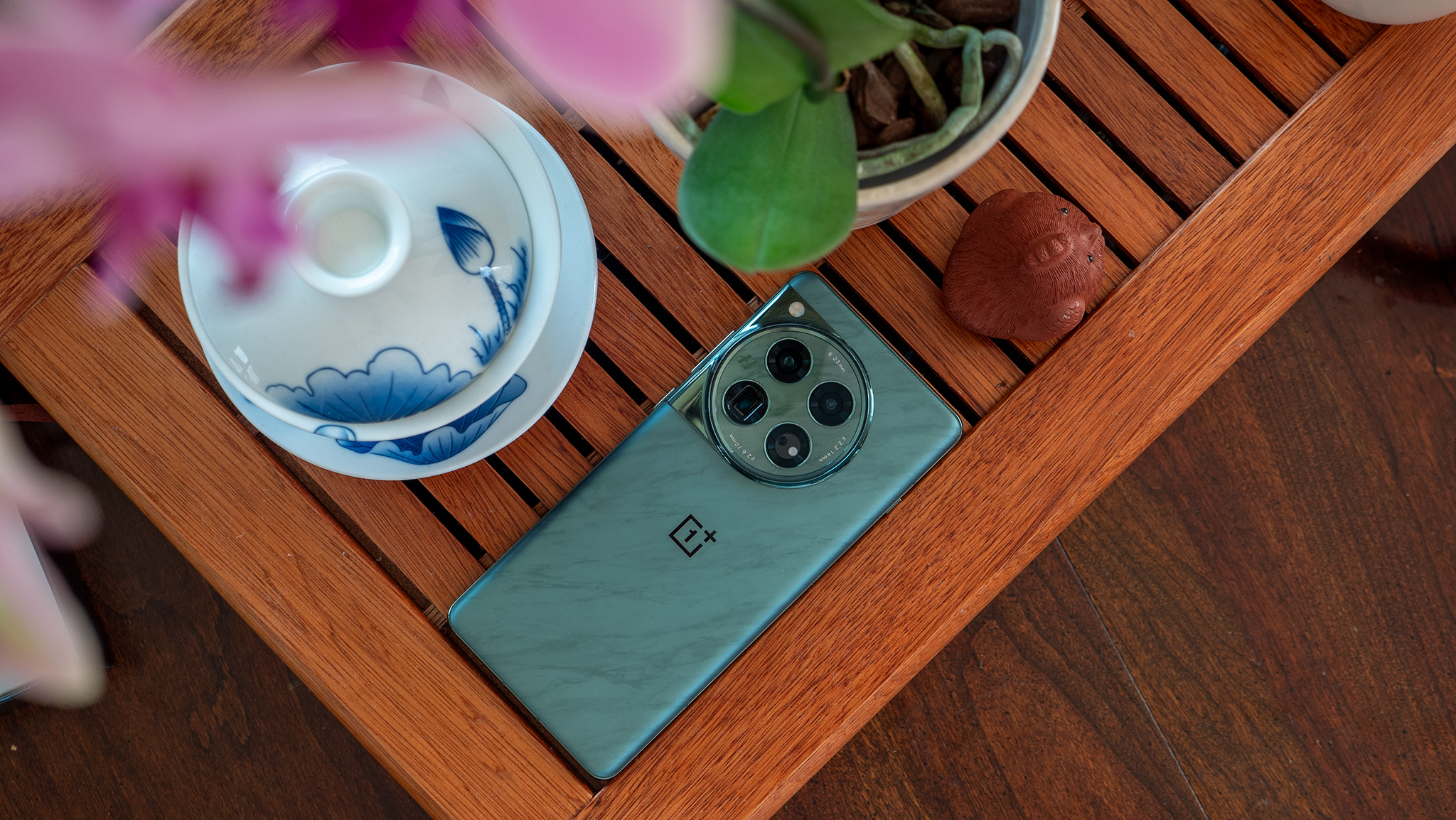
If that alarms you, you're not alone, but OnePlus says it has worked hard with BOE to ensure optimal sunlight readability — that's what the insane brightness numbers are designed for — all while maintaining user comfort. Liu told me the OnePlus 12 "incorporates the first-generation display chip, Display P1, along with a custom sunlight high-brightness algorithm."
The spec race has delivered alarming display brightness levels and only a few companies are even bothering to focus on eye health first.
In the past, sunlight high-brightness algorithms like Samsung Vision Booster simply meant that the phone used PWM to flicker the display all the time, even at maximum brightness. The display only shifts to being mostly flicker-free once it goes into this sunlight mode, meaning that it's flickering 99.9% of the time you use it.
But OnePlus is doing things differently with the OnePlus 12's brightness algorithms. Out of the box, the OnePlus 12 features an "ultra anti-flicker" mode that Liu says uses "3 pulses" in a "DC-like dimming" manner. Without getting into the weeds, OnePlus quickly alternates between DC-like dimming and PWM methods three times per refresh cycle.
This has the effect of multiplying the PWM rate and can be more comfortable for some users, all while maintaining color accuracy and clarity. At low brightness, the OnePlus 12 uses a PWM rate of 2,200Hz — nearly 5x the rate of the latest Galaxy phones and iPhones.
OnePlus is offering users an actual choice of dimming methods, unlike some other popular manufacturers.
I've found that using the phone's 1-pulse option in conjunction with the built-in smart eye comfort settings and my favorite screen-dimming app is the most comfortable for me.
The important thing here isn't that OnePlus's chosen dimming method works for me. It's the OnePlus offers me a choice of several different methods so I can decide what's best for me as a person.
It starts with science
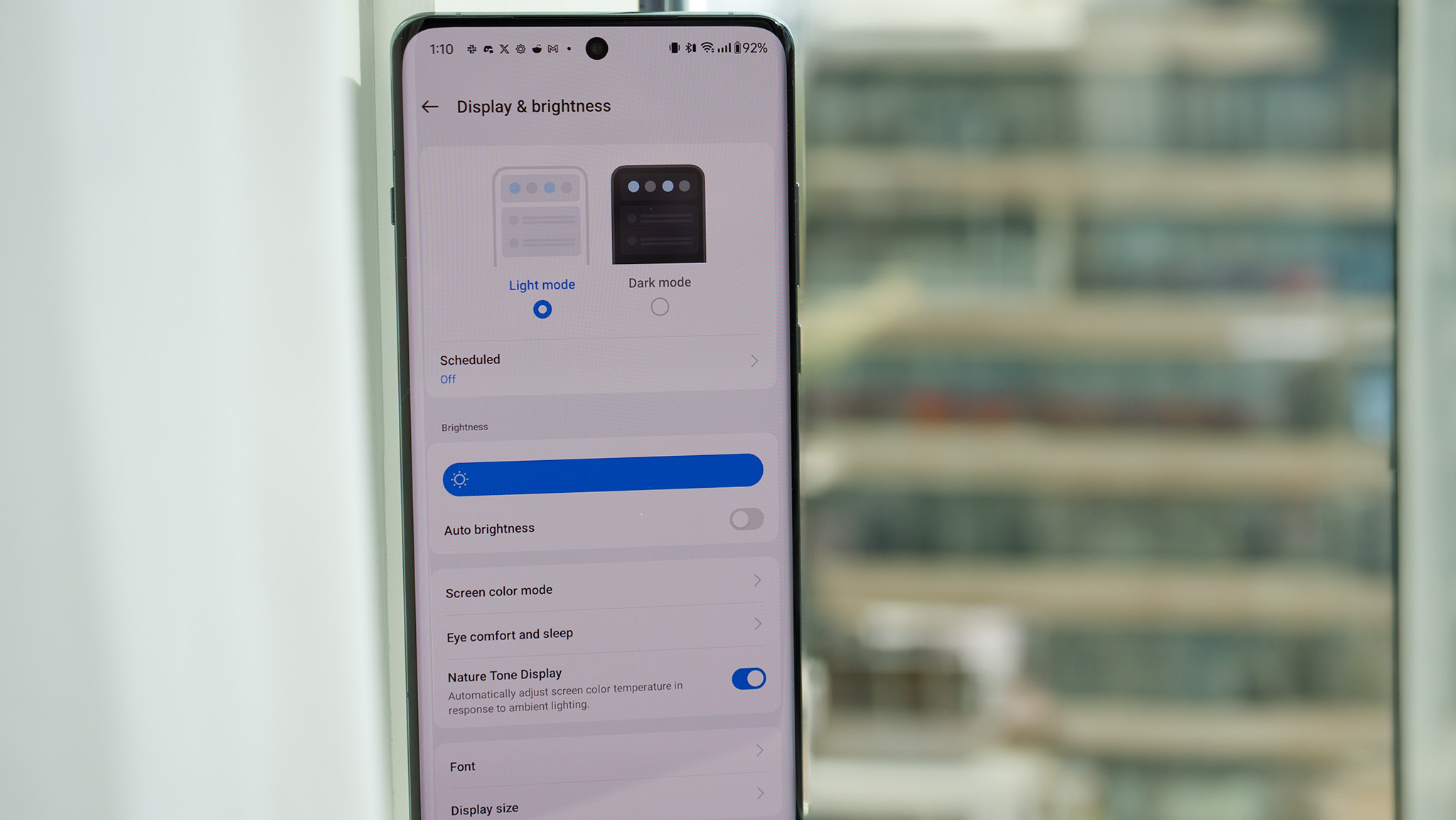
At the root of all the eye health problems surrounding LED lighting and displays is a basic lack of scientific research. Pulse Width Modulation, better known as PWM, has traditionally been used to control all sorts of electronics like fans and pumps.
But its use in displays has proven incredibly problematic, as shown by two main bodies of research, one by Dr. Jennifer Hacket at flickersense.org and the other led by lighting scientist Naomi Miller at Pacific Northwest National Laboratory.
That's why it's so impressive to hear that OnePlus has actually been working with academic institutions and other experts in the field to determine the most comfortable display settings for its users. Liu told me that "through extensive research, we have tested and tuned the display of the OnePlus 12 to assess its impact on eye comfort."
Further than that, he says that "the findings indicate a remarkable reduction of 32% in eye dryness, a 19% decrease in visual fatigue, and an overall improvement of 16% in visual comfort."
OnePlus has actually been working with academic institutions and other experts in the field to determine the most comfortable display settings for its users.
That's a stark contrast from companies like Samsung and Google, which have historically dodged my questions about display parameters and refuse to have a discussion about long-term user eye health.
More than that, OnePlus is working with international certification organizations like TÜV Rheinland to ensure phones like the OnePlus 12 follow industry safety standards for eye health.
The OnePlus 12 earned the TÜV Rheinland Intelligent Eye Care certification, but for now, that particular certification applies mainly to blue light emissions, which can be particularly bad on OLED displays because of the way OLED sub-pixels are made.
The root of all the eye health problems surrounding LED lighting and displays is a basic lack of scientific research.
"The display of the OnePlus 12 incorporates BOE's cutting-edge hardware-level low blue light solution. Through meticulous optimization of its illuminating components, the peak blue light emission of this display is reduced to 450nm, significantly improving the comfort for human retinal cells. Furthermore, the device is equipped with two color temperature sensors, enabling precise detection of the complex ambient color temperature. This allows for accurate adjustment of the display's color temperature, ensuring optimal eye comfort."
Many published studies have shown that color filters have a significant positive impact on people with light sensitivity issues, and I can corroborate that using the OnePlus 12's smart eye comfort settings gave my eyes immediate relief once enabled.
Back to community roots
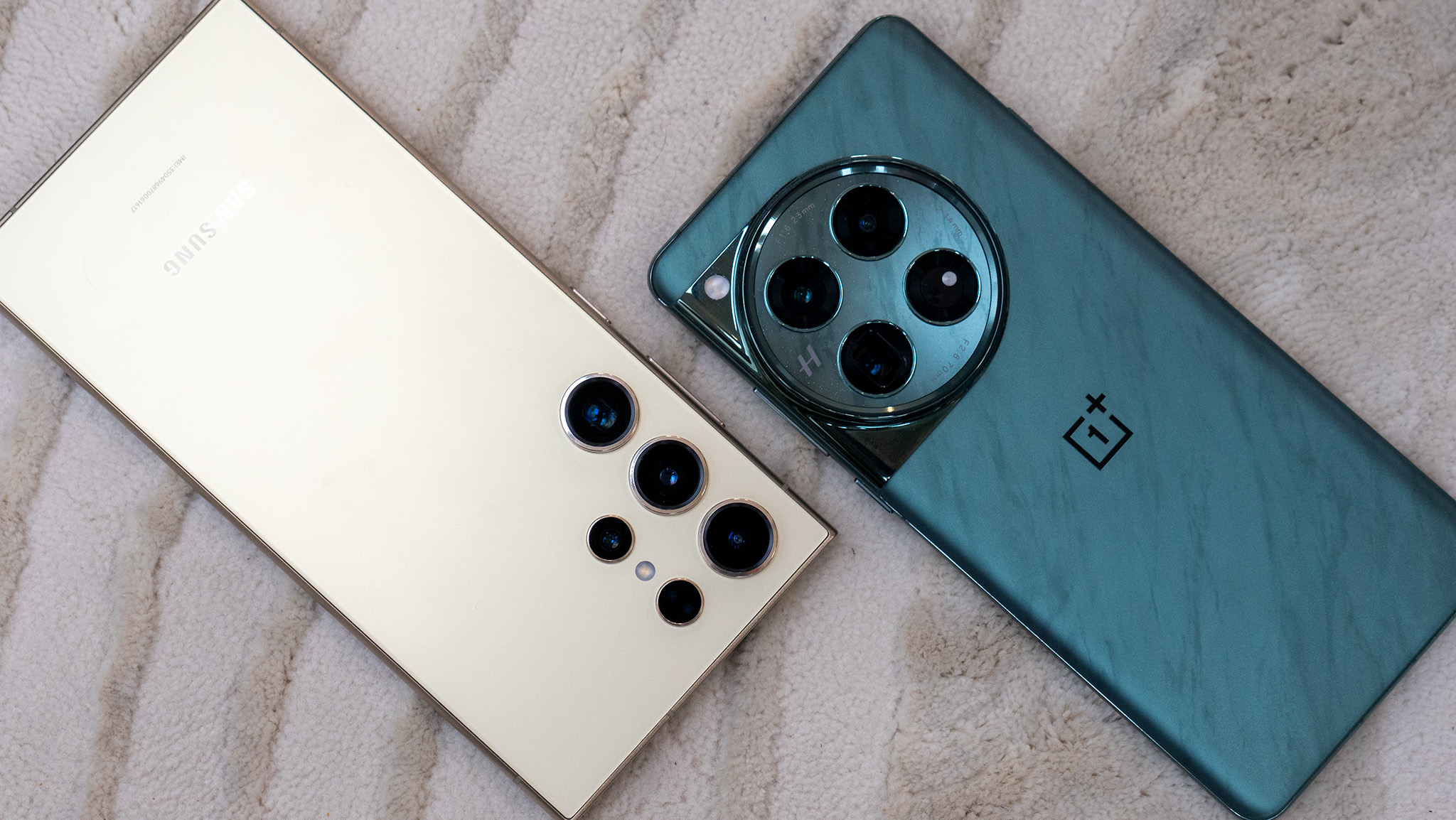
For me, the OnePlus 12 is the flagship to beat so far in 2024, if for no other reason than the company's newfound focus on user eye health. OnePlus removed the DC dimming option from its phones back in 2021 because it thought users were more concerned about color accuracy than anything else.
Thankfully, the company has been listening to community feedback and built a similar function back into OxygenOS and ColorOS. Liu told me that OnePlus is still "a community-driven brand" and that the company's "innovation and product development direction largely stem from user feedback."
Companies that are so big that they don't understand user feedback aren't companies I want to support. It's important for me — and many of the enthusiast users I know — that companies pay attention to the needs of their users, especially those of us who have real concerns, not just complaining.
Light sensitivity is a disability that's affecting more and more people in this world of flickering LEDs, and I'm glad that companies like OnePlus are taking strides to help all of us cope with evolving technology needs.
The OnePlus 12 launches on January 23 at 9 am ET. Check out Oneplus.com for more details.

